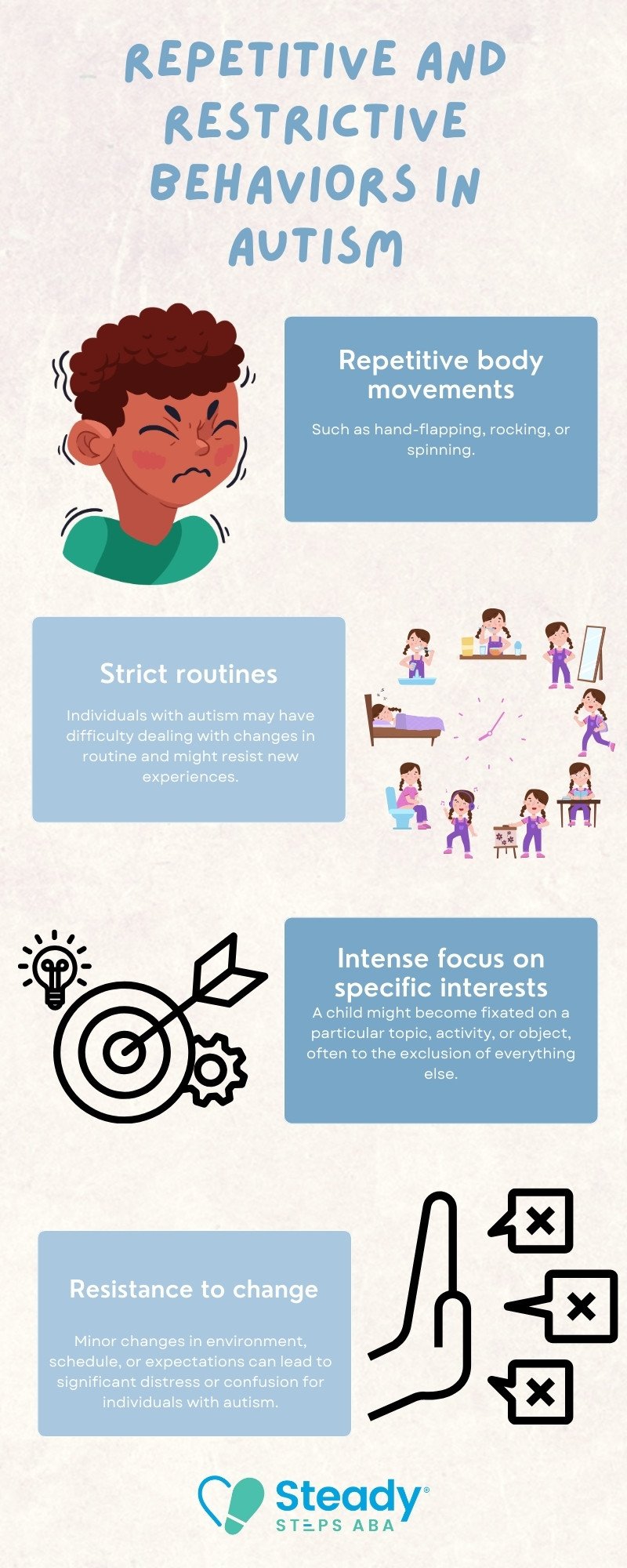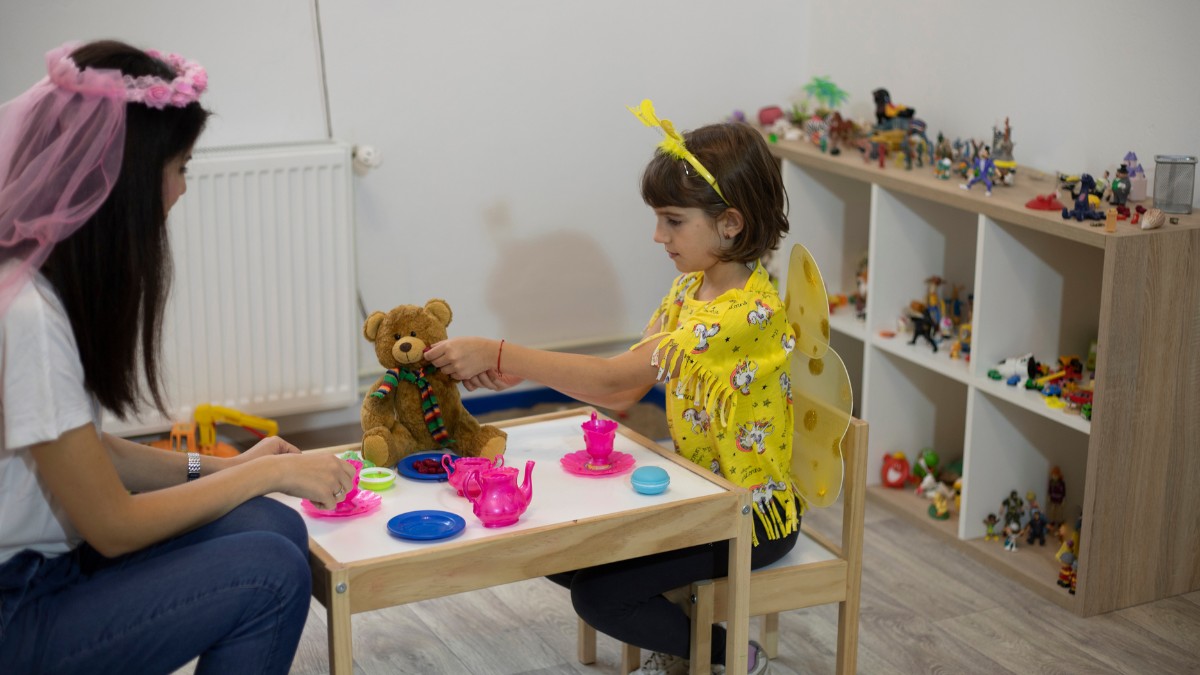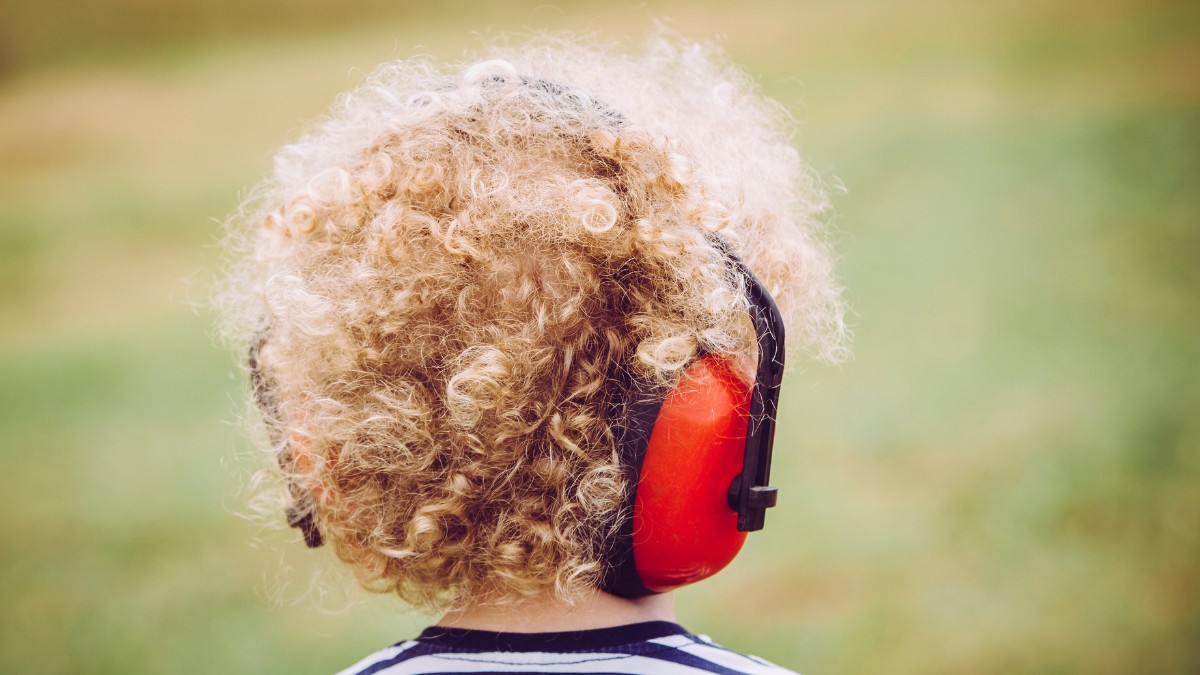Key Points:
- Autism Spectrum Disorder (ASD) encompasses a broad range of symptoms, including social, communicative, and behavioral challenges.
- Early identification of symptoms and intervention with therapies like ABA can greatly improve outcomes for individuals with autism.
- There are different types of autism, which present varying challenges and support needs depending on the individual.
Autism Spectrum Disorder (ASD) is a condition that affects how an individual perceives and interacts with the world. Every individual with autism experiences the condition in a unique way, making it important to understand the varied manifestations of autism symptoms, their potential causes, and how they are classified.
In this article, we’ll delve into the symptoms, causes, and types of Autism Spectrum Disorder (ASD). Understanding these aspects can help families and caregivers better support individuals on the autism spectrum by tailoring interventions and therapies to meet their specific needs. We’ll also explore how early intervention, such as ABA therapy, can provide valuable support.
What are the Main Symptoms of Autism Spectrum Disorder?
The symptoms of autism can vary greatly from one individual to another, ranging from mild to severe. The hallmark symptoms often include challenges with social interaction, communication, and restrictive or repetitive behaviors.
These symptoms can manifest in a variety of ways, making it crucial to identify them early in order to provide effective interventions. Below are some examples:
Social and Communication Difficulties
Individuals with autism often experience challenges with social interactions and communication. These challenges can include:
- Difficulty understanding social cues: Individuals may struggle with eye contact, facial expressions, and body language, making social interactions harder.
- Challenges in forming relationships: Developing friendships and understanding the nuances of relationships can be difficult.
- Limited verbal and non-verbal communication: Some individuals may not speak at all, while others might have delayed language development. Others might use a limited range of words or may struggle with forming coherent sentences.
Repetitive and Restrictive Behaviors
Another defining feature of autism is the presence of repetitive behaviors or restricted interests. These can include:

These behaviors can vary in severity, with some individuals showing only mild repetitive behaviors while others may engage in more pronounced or disruptive actions. To explore a range of therapeutic options that can help manage these behaviors, check out our article “Discovering 6 Various Treatments for Autism Spectrum Disorder.”
What Causes Autism Spectrum Disorder?
The exact cause of autism remains unknown, but research suggests that it is likely due to a combination of genetic and environmental factors. Here’s a breakdown of what we know about the potential causes of autism:
Genetics
There is strong evidence that genetics play a role in the development of autism. However, no single gene has been identified as the sole cause of autism. It is believed that multiple genes may interact in complex ways to influence the development of the condition.
Environmental Factors
Environmental influences, particularly during pregnancy or early childhood, can also contribute to the development of autism. These factors may include:
- Prenatal exposure
- Complications during pregnancy
- Parental age
It’s also important to note that autism is not caused by vaccines—this has been thoroughly debunked by numerous studies over the past two decades. The exact interaction between genetic and environmental factors remains a topic of active research. To dive deeper into this, check out our article “Uncovering the Impact of Genetics on Autism and Parents’ Roles,” where we explore how genetics play a significant role in autism and how parents can support their children through these insights.
What are the Different Types of Autism?
Autism Spectrum Disorder (ASD) is classified as a spectrum because it includes a wide variety of conditions that range from mild to severe. Autism is no longer divided into subtypes such as Asperger’s Syndrome or PDD-NOS, as was previously done.
Instead, all are now considered part of the same spectrum. However, understanding the differences between the varying presentations of autism can be helpful in understanding the condition more clearly. Here is a more detailed breakdown:
1. Autism (Classic Autism)
This is the type of autism most commonly recognized and often associated with significant developmental delays. Children with classic autism typically display the full range of symptoms, including:
- Severe difficulty with social interaction.
- A need for routine and resistance to change.
- Limited or no speech and communication difficulties.
Individuals with classic autism often require substantial support in daily life.
2. Asperger Syndrome
Often considered a higher-functioning form of autism, Asperger Syndrome is characterized by:
- Normal to above-average intellectual development
- Mild social challenges
- Intense focus on specific topics
While individuals with Asperger’s may not require as much support as those with classic autism, they may still need help with social skills and behavioral management.
3. Pervasive Developmental Disorder-Not Otherwise Specified (PDD-NOS)
In the past, PDD-NOS was diagnosed when a child displayed some symptoms of autism but did not meet the criteria for a specific diagnosis. Now that autism is classified as a spectrum, this diagnosis is generally considered to be on the milder end of the autism spectrum, and these individuals may experience:
- Milder communication or social delays.
- Some restrictive behaviors
- Normal intellectual development.
Children with PDD-NOS may show some signs of autism but function relatively well in society.
4. Rett Syndrome
This is a rare genetic disorder that primarily affects girls and leads to severe developmental and cognitive impairments. Individuals with Rett syndrome typically experience:
- Loss of purposeful hand movement
- Severe cognitive and physical impairments
This condition is distinct from other forms of autism due to its genetic cause.
5. Childhood Disintegrative Disorder
This is a rare condition where children develop normally for the first few years of life but then experience a regression in skills, including:
- Loss of language.
- Loss of social and motor skills.
- Severe behavioral problems.
Children with this disorder typically require extensive support as they age.
How Can ABA Therapy Help Individuals with Autism?
ABA (Applied Behavior Analysis) therapy is a highly effective treatment for autism, particularly when it is implemented early. ABA therapy focuses on teaching individuals with autism new skills and helping them reduce problematic behaviors by using positive reinforcement and shaping techniques. Here’s how ABA therapy can help:
- Improves Communication Skills: ABA therapy can help children learn how to communicate more effectively, whether through verbal language, sign language, or alternative communication devices.
- Enhances Social Skills: Through structured social skills training, ABA helps children learn how to interact with peers and adults in a positive and appropriate manner.
- Reduces Challenging Behaviors: ABA helps to identify the triggers for challenging behaviors and develop strategies to reduce them, improving the individual’s ability to engage in everyday activities.
Support Your Child’s Growth through ABA Therapy
Autism Spectrum Disorder (ASD) is a diverse condition with varying symptoms, causes, and types. Early intervention, such as ABA therapy, can significantly improve outcomes for individuals with autism. If you are in Maryland and need expert support, Steady Steps ABA is here to assist you in creating a customized therapy plan that empowers your child to reach their full potential.
Steady Steps ABA offers professional ABA therapy designed to address each individual’s unique needs. Our team of experienced specialists creates personalized treatment plans that focus on improving communication, social, and behavioral skills. Early intervention is crucial, and we are here to help every step of the way.
Contact us today to learn how our ABA therapy can help your child thrive.






